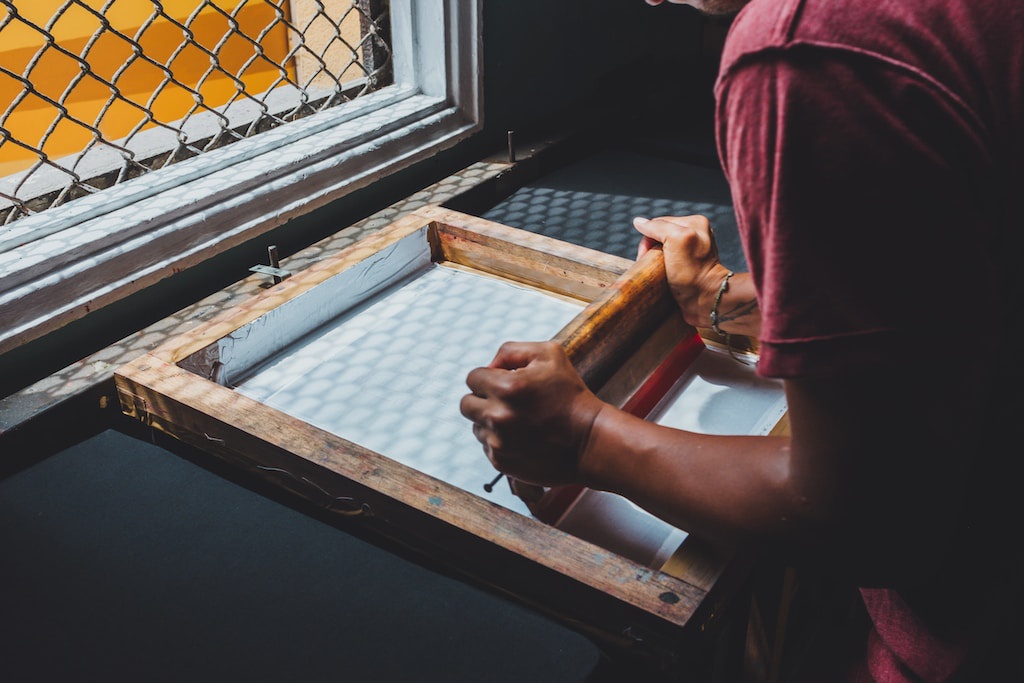Printing technology has been around for centuries, but with the advent of nanotechnology, it has been given a new dimension. Nanomaterials have unique properties due to their small size, and printing them allows for precise control over their placement and organization. In this article, we will discuss the printing of nanomaterials, including the different printing techniques, applications, challenges, and future prospects.
Printing Techniques for Nanomaterials
There are several techniques for printing nanomaterials, including inkjet printing, nano ink printing, aerosol jet printing, delta printing and screen printing. Each technique has its advantages and limitations, and the choice of technique depends on the type of material, substrate, and intended application.
Inkjet Printing
Inkjet printing is a popular technique for printing nanomaterials due to its ability to produce precise and complex patterns. It involves depositing droplets of ink onto a substrate using a printer head. In the case of nanomaterials, the ink consists of a suspension of nanoparticles in a solvent. Inkjet printing is suitable for printing on a variety of substrates, including flexible and curved surfaces.
Nano Ink Printing
Nano ink printing is a relatively new technique for printing nanomaterials that involves the use of ink containing nanoparticles. Nano ink printing allows for the precise deposition of nanomaterials with high resolution and accuracy. This technique is particularly useful for producing electronic devices, such as sensors and transistors.
Aerosol Jet
Aerosol jet printing is another technique for printing nanomaterials that uses a gas flow to carry particles to the substrate. It allows for the printing of high-resolution patterns and is suitable for printing on non-planar surfaces. Aerosol jet printing can also be used to print multiple materials simultaneously.
Delta Printing
Delta printing is a unique technique that involves using a robotic arm to deposit materials onto a substrate in a precise and controlled manner. The robotic arm moves in a delta pattern, hence the name delta printing. This technique allows for the deposition of materials in three dimensions, making it useful for producing complex structures and objects.
Screen Printing
Screen printing is a simple and cost-effective technique for printing nanomaterials. It involves using a stencil or mesh to transfer ink onto a substrate. Screen printing is suitable for printing on a range of substrates, including paper, fabric, and plastic.
Applications of Printed Nanomaterials
The ability to print nanomaterials has opened up new avenues for their application in various fields. Some of the applications of printed nanomaterials include:
- Electronics - Printed nanomaterials can be used to produce flexible and wearable electronic devices, including sensors, antennas, and solar cells.
- Biomedical - Printed nanomaterials can be used to produce drug delivery systems, tissue engineering scaffolds, and biosensors.
- Energy - Printed nanomaterials can be used to produce high-efficiency solar cells, batteries, and fuel cells.
- Environmental - Printed nanomaterials can be used to produce sensors for detecting pollutants and monitoring environmental parameters.
Challenges in Printing Nanomaterials
Despite the many advantages of printing nanomaterials, there are several challenges that need to be overcome. One of the challenges is the stability of the nanoparticle suspension, which can affect the printing quality. Another challenge is the need for precise control over the printing parameters, such as ink viscosity, droplet size, and drying time. Furthermore, the printing of nanomaterials on large surfaces can be challenging due to the need for uniformity and consistency.
Future Prospects
The printing of nanomaterials has the potential to revolutionize many industries, and research in this field is ongoing. Future prospects include the development of new printing techniques and the integration of multiple materials in printed devices. There is also a need for research on the environmental impact of printed nanomaterials and the development of sustainable printing processes.
Conclusion
Printing nanomaterials has opened up new avenues for their application in various fields, including electronics, biomedical, energy, and environmental. Inkjet printing, aerosol jet printing, and screen printing are some of the techniques used for printing nanomaterials. Challenges in printing nanomaterials include the stability of the nanoparticle suspension and the need for precise control over the printing parameters. Future prospects include the development of new printing techniques and the integration of multiple materials in printed devices.


No comments yet